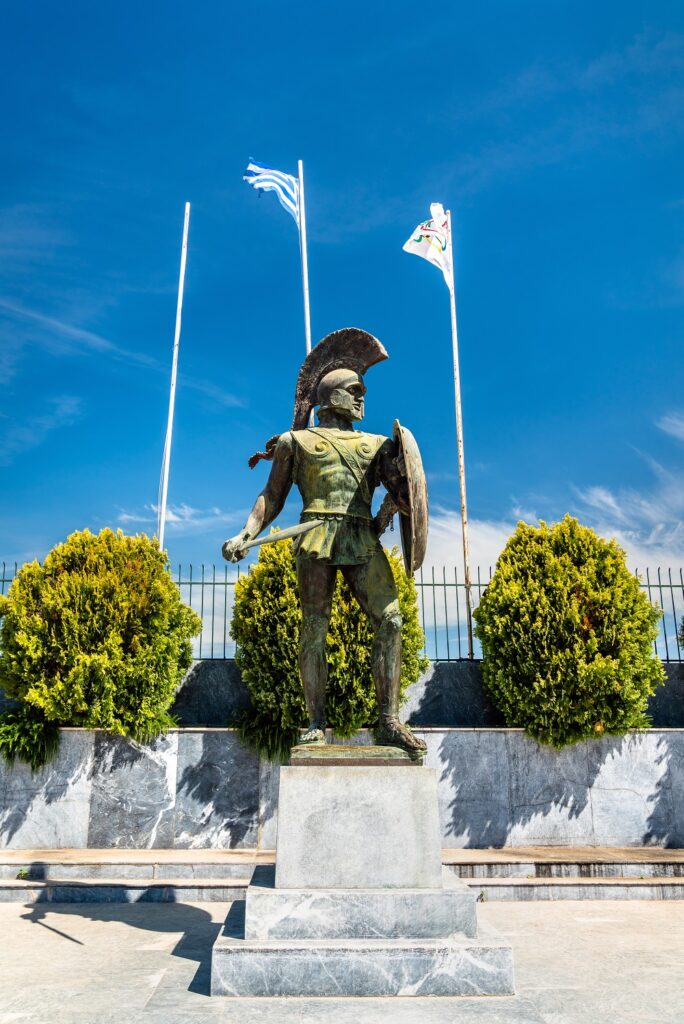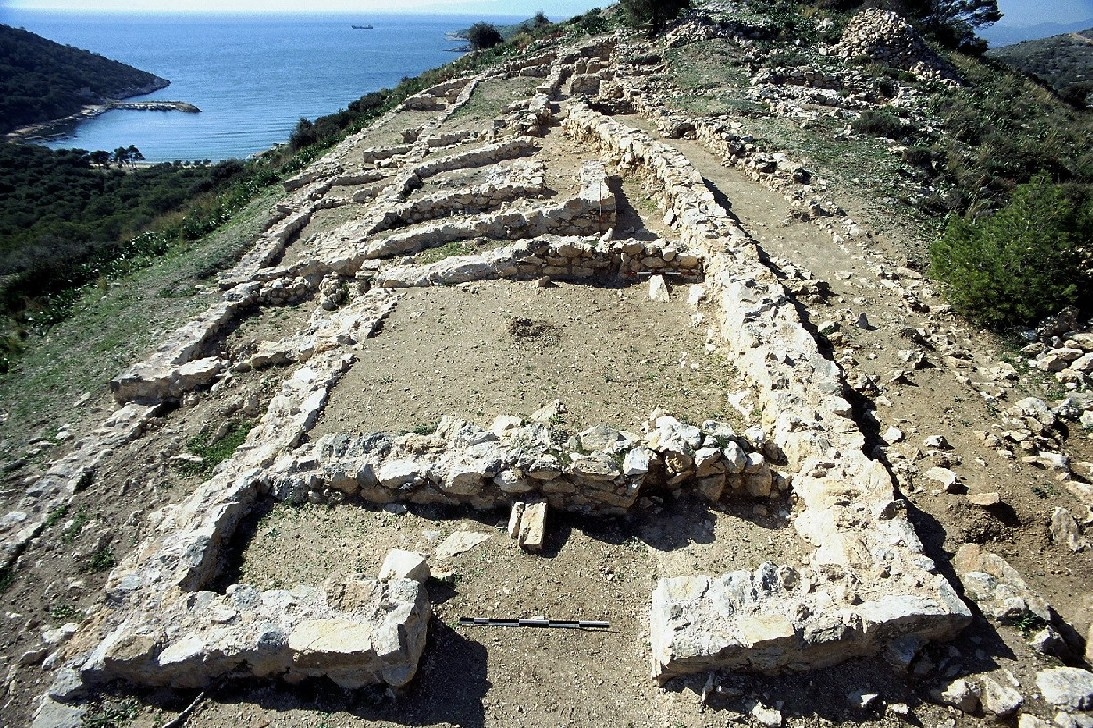Culture ministry officials in Greece this week announced the discovery of remnants of a “Stoa”, type of covered walkway, off the coast of Salamis (Salamina), the biggest island in the Saronic Gulf, and about 16 kilometers west of the greater Athens area.
“The identification of the Stoa is a very important new element for the study of the topography and the residential organization of the ancient city,” a culture ministry press release read.
Currently, specially trained archaeologists and divers are conducting underwater excavations at the site.
The section of stone remnants, among others, was measured at roughly six meters wide and 32 meters long.
According to a Live Science report, researchers from the Ministry of Culture stressed that the classification of the Stoa will assist them in the study of the terrain and city planning of ancient Salamis – which was in decline by the 2nd century A.D, according to the writings of Greek traveler and geographer Pausanias.
The Stoa encompassed a number of rooms, archaeologists believe, one of which was likely used as a storage pit.
Salamis played a pivotal role in the Greek-Persian wars in the 5th Century B.C. when the allied Greek city-state fleet, led by Athenian general Themistocles, delivered a crushing defeat against the invading Persians in the straits of Salamis, marking the turning point in the Greek-Persian wars in favor of the former.
Among the artifacts discovered was a depiction of the mythical king of Salamis, Ajax, who in Homer’s fabled Iliad fought with his kinsmen in the Trojan War, and was considered second only to the mighty Achilles in the art of warfare.
The island of Salamis, better known as Salamina in modern Greek, can easily be reached today by a short ferryboat ride from the industrial harbor of Perama, due west of the port of Piraeus.




